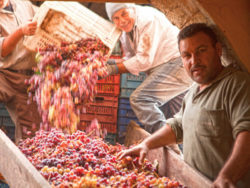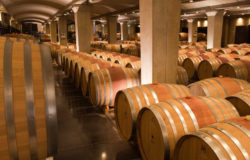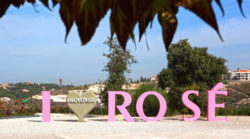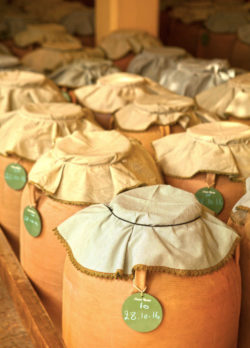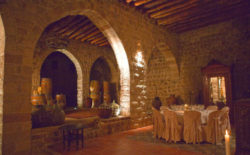Lebanon – undiscovered treasures in the high plains
Dry farming in front of a snow covered backdrop

Bekaa vineyards © Matthias Stelzig
“We are all in the minority here somehow”
Autochthonous grape varieties – hard to find

Traubenannahme © Matthias Stelzig
Best consumer climate in Beirut
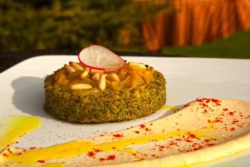
Kefraya Food © Matthias Stelzig
Inventory of the soil
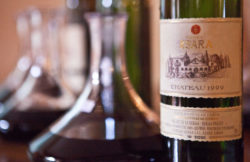
Ksara bottle © Matthias Stelzig






